 June 22, 2009: Steve Jobs returns to work at Apple, a couple months after undergoing a liver transplant as part of his treatment for pancreatic cancer.
June 22, 2009: Steve Jobs returns to work at Apple, a couple months after undergoing a liver transplant as part of his treatment for pancreatic cancer.
Although Jobs has been steadily getting back into work for the past several weeks, the news is made official when a quote from him appears on a June 22 press release about iPhone 3GS sales. An Apple employee also alerts the media after spotting Jobs on campus.
With his return confirmed, everyone wants to know how long Jobs will continue to lead Apple.
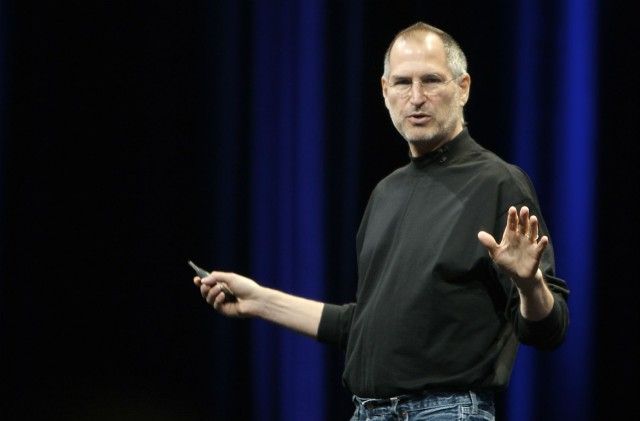


 June 14, 2007: Paul McCartney sings his new song “Dance Tonight” in an iPod + iTunes ad, the latest in a series of Apple spots starring music industry legends.
June 14, 2007: Paul McCartney sings his new song “Dance Tonight” in an iPod + iTunes ad, the latest in a series of Apple spots starring music industry legends.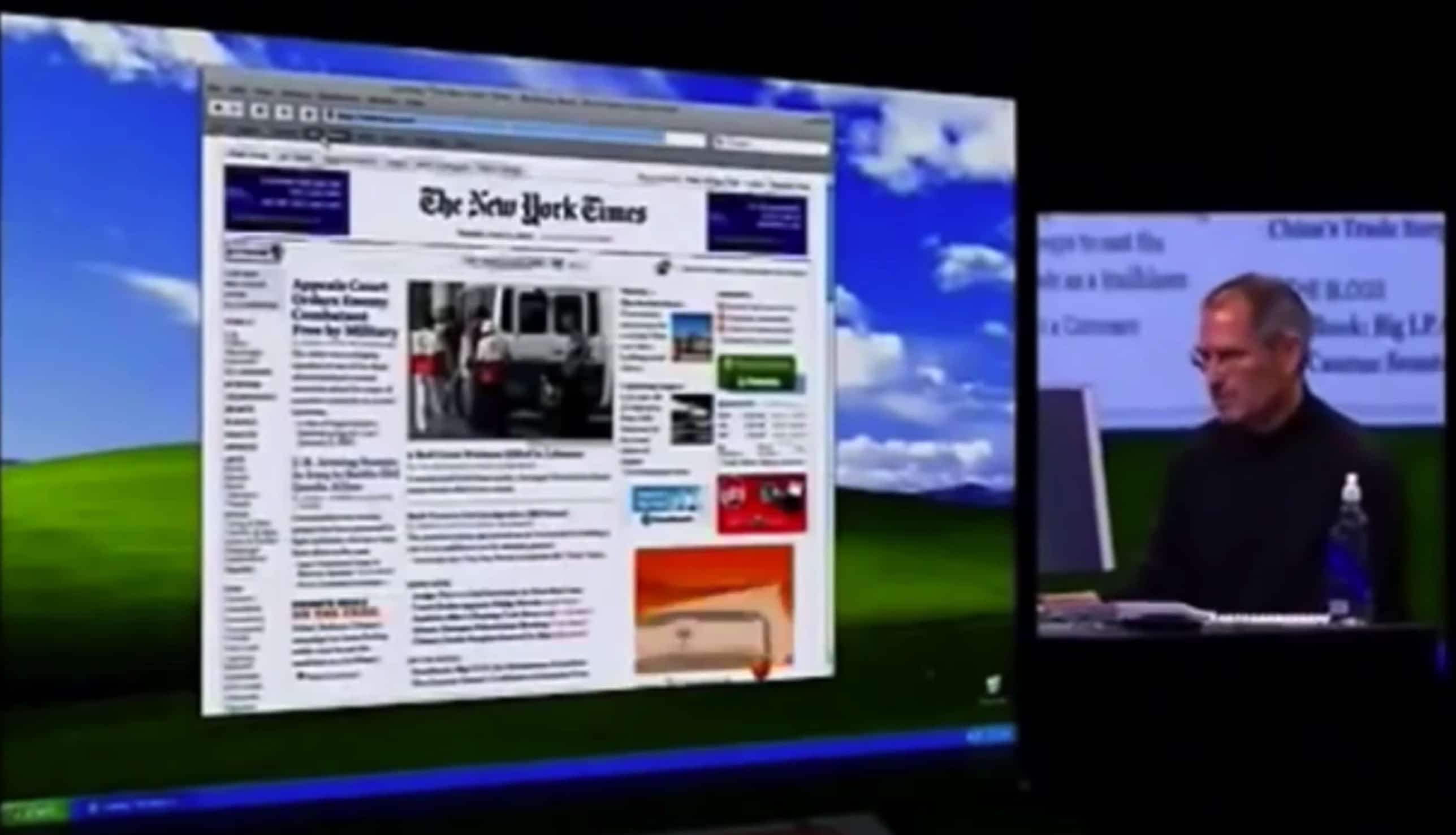
 June 11, 2007: At Apple’s Worldwide Developers Conference, CEO Steve Jobs unveils Safari 3 for Windows, bringing the company’s web browser to PCs for the first time.
June 11, 2007: At Apple’s Worldwide Developers Conference, CEO Steve Jobs unveils Safari 3 for Windows, bringing the company’s web browser to PCs for the first time.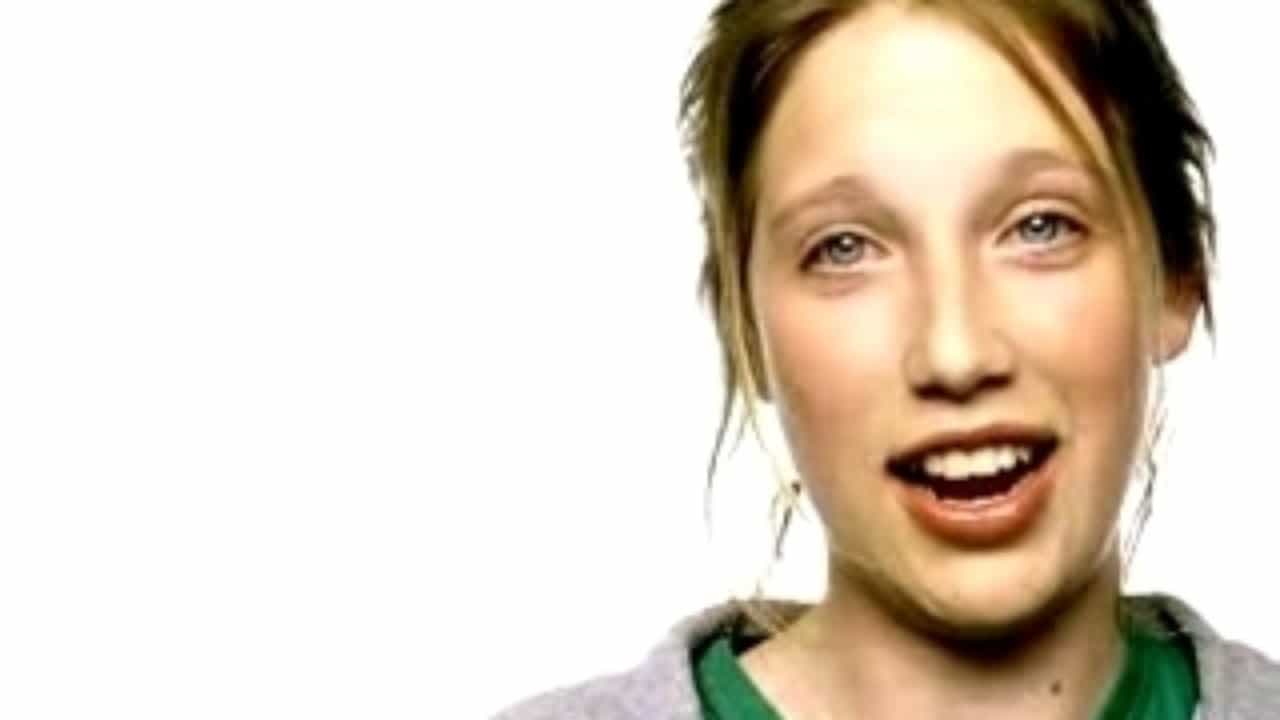
 June 9, 2002: Apple launches its “Switch” advertising campaign, featuring real people talking about their reasons for switching from PCs to Macs. Apple’s biggest marketing effort since
June 9, 2002: Apple launches its “Switch” advertising campaign, featuring real people talking about their reasons for switching from PCs to Macs. Apple’s biggest marketing effort since 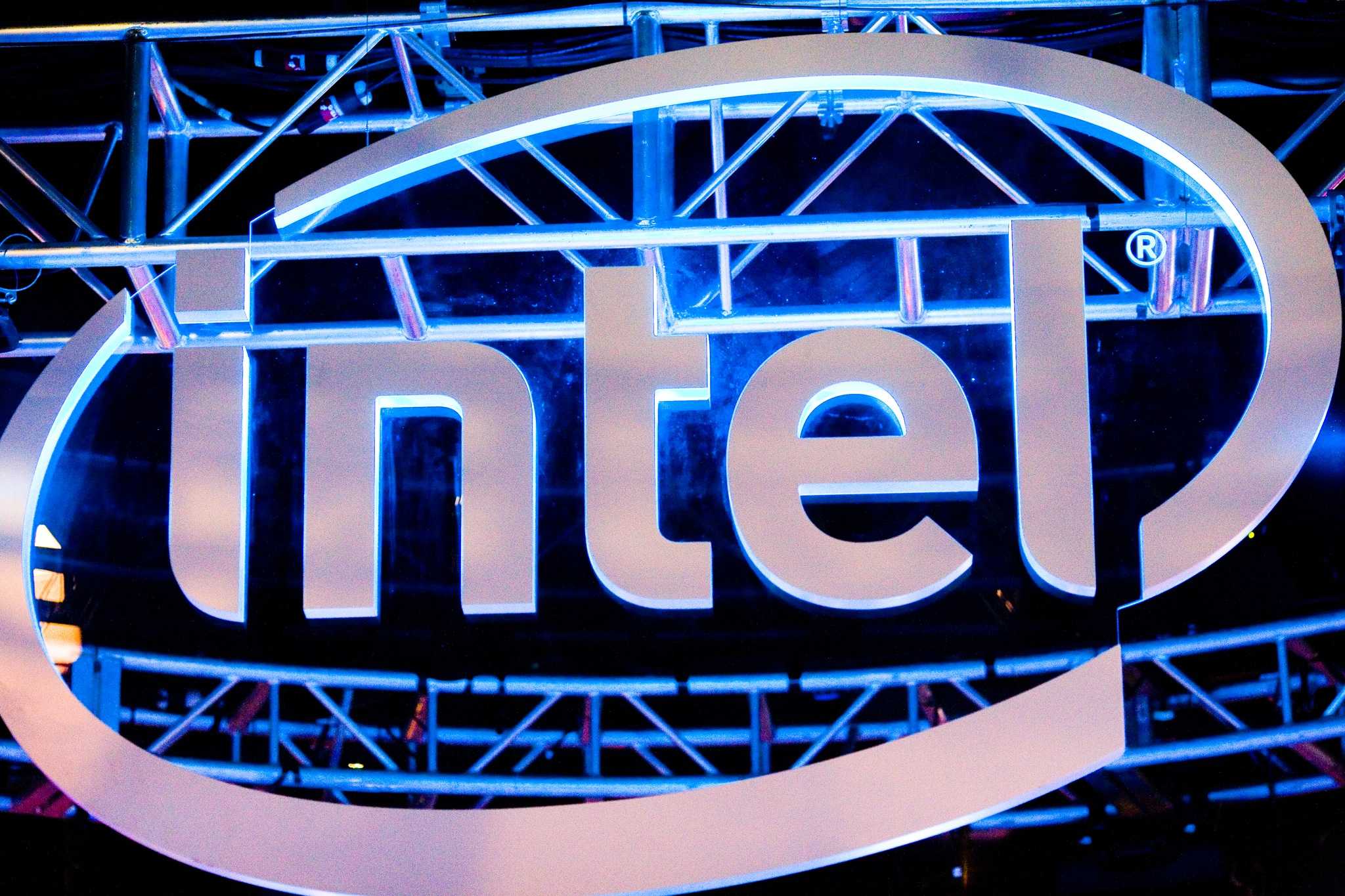
 June 6, 2005: Steve Jobs reveals that Apple will switch the Mac from PowerPC processors to Intel.
June 6, 2005: Steve Jobs reveals that Apple will switch the Mac from PowerPC processors to Intel.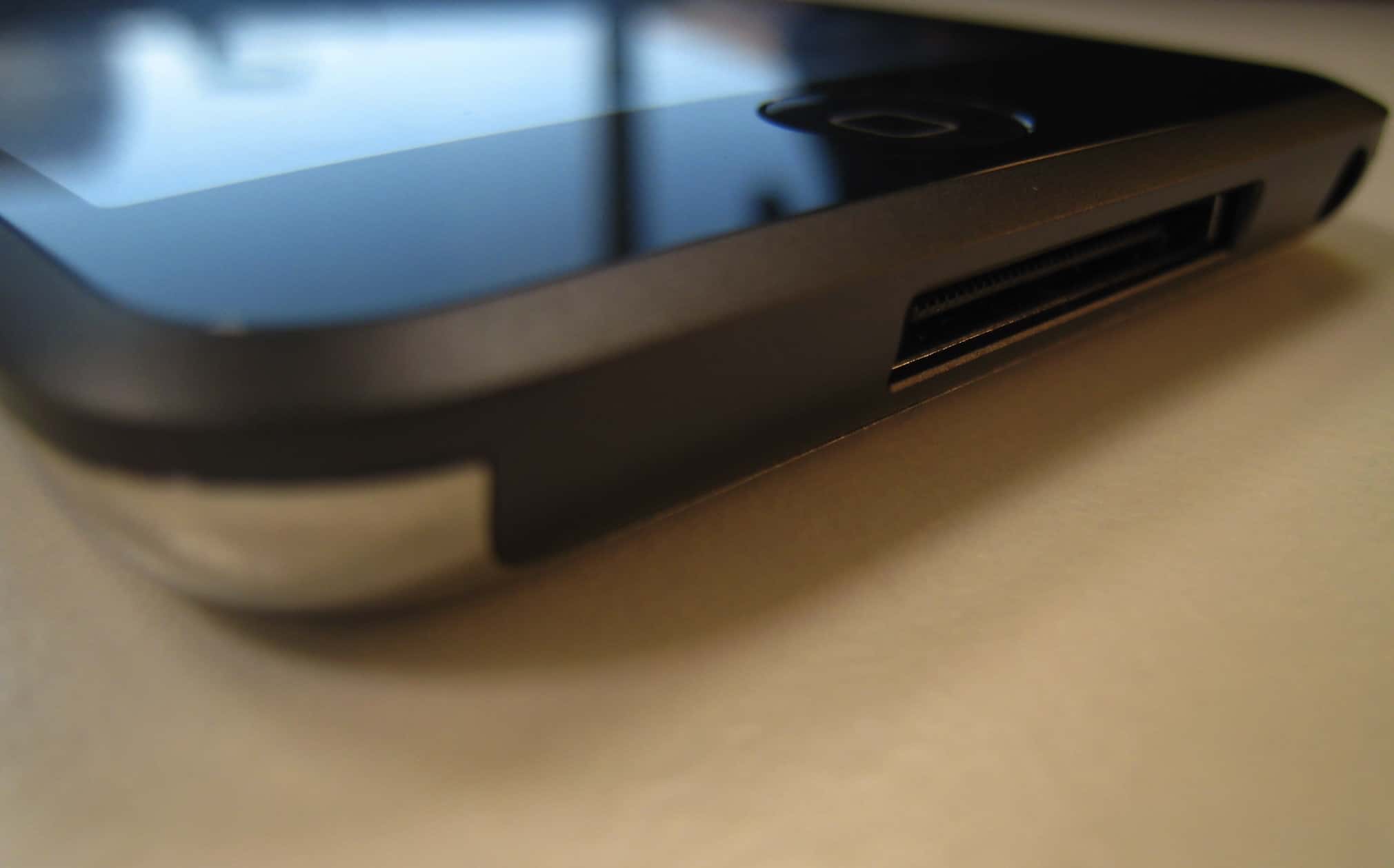
 May 30, 2013: Apple marks the sale of the 100 millionth
May 30, 2013: Apple marks the sale of the 100 millionth 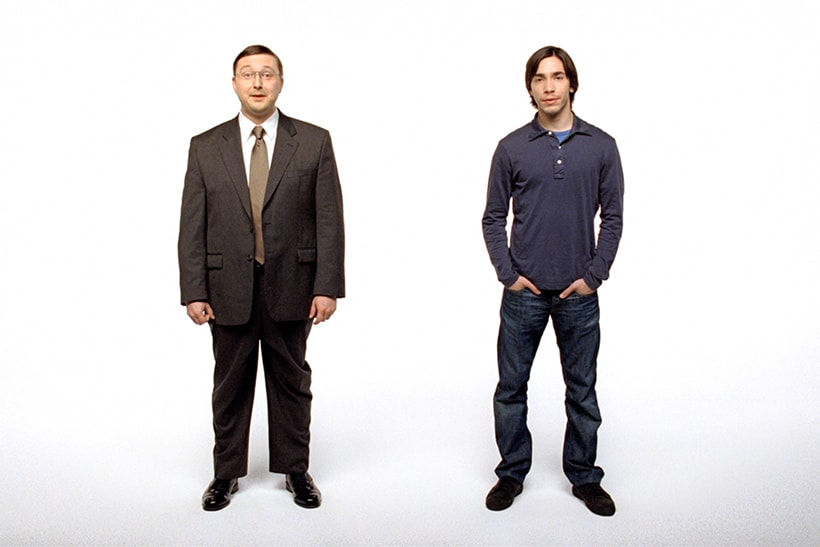
 May 21, 2010: Apple quietly ends its award-winning “Get a Mac” ad campaign. Debuting in 2006, the ads starred actor
May 21, 2010: Apple quietly ends its award-winning “Get a Mac” ad campaign. Debuting in 2006, the ads starred actor 
 May 19, 2001: Apple revolutionizes the world of computer shopping by opening its first two Apple Stores. Located in Tysons Corner, Virginia, and Glendale, California, the new outlets represent the culmination of a long-term dream for Apple.
May 19, 2001: Apple revolutionizes the world of computer shopping by opening its first two Apple Stores. Located in Tysons Corner, Virginia, and Glendale, California, the new outlets represent the culmination of a long-term dream for Apple.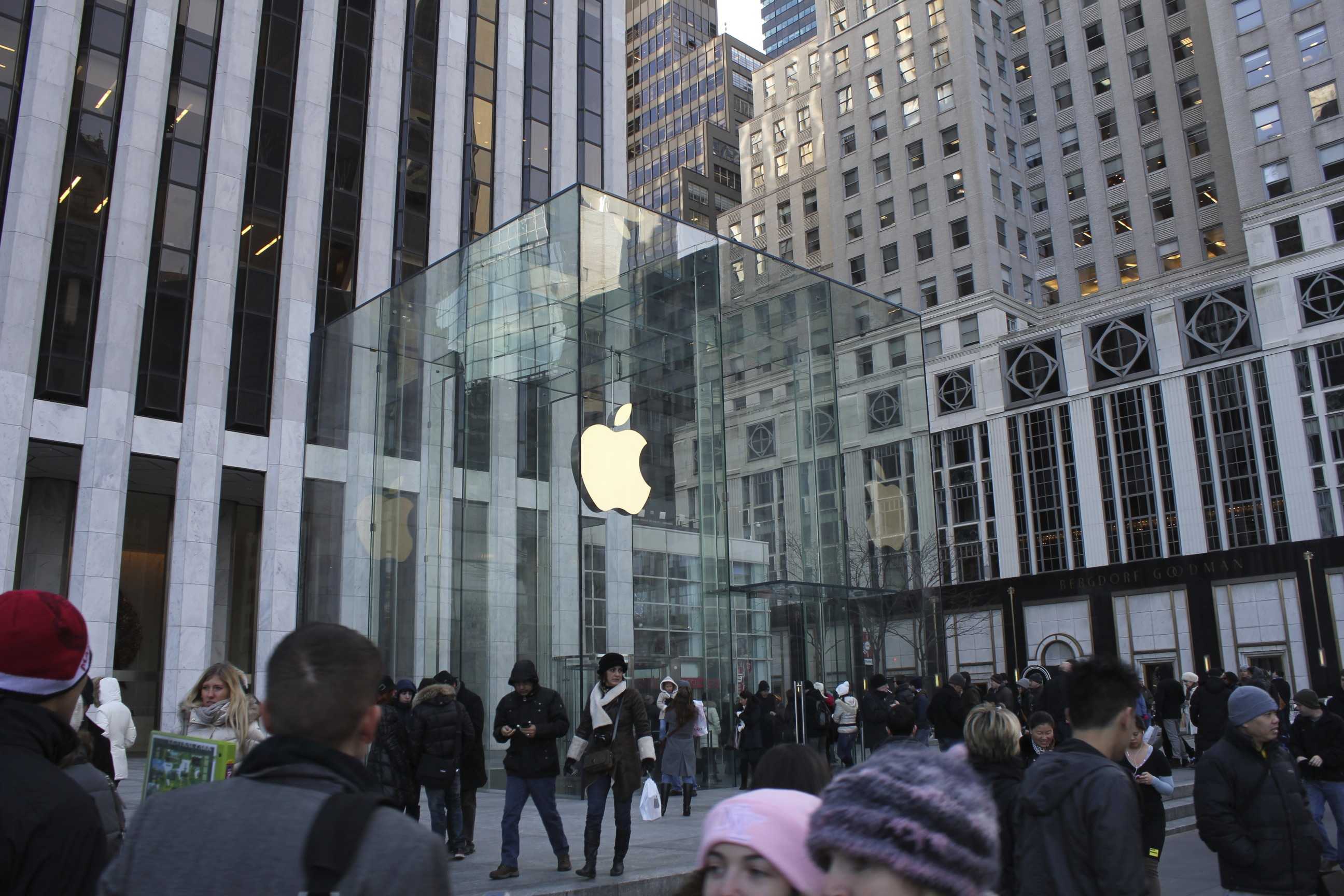
 May 18, 2006: The world — and, more specifically, the Apple-watching press — gets its first glimpse of the swanky new Fifth Avenue Apple Store in New York City.
May 18, 2006: The world — and, more specifically, the Apple-watching press — gets its first glimpse of the swanky new Fifth Avenue Apple Store in New York City.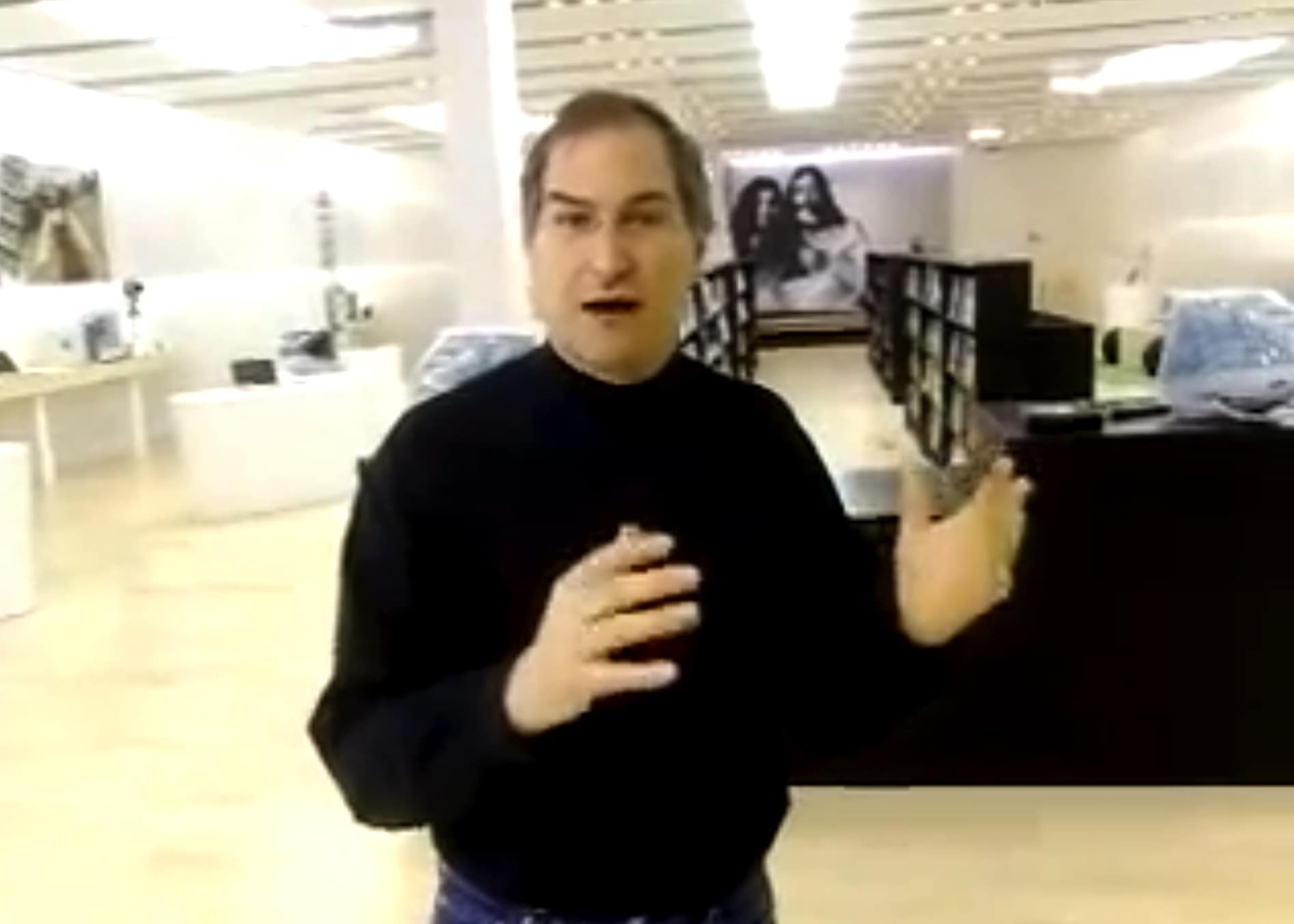
 May 15, 2001: Apple CEO
May 15, 2001: Apple CEO 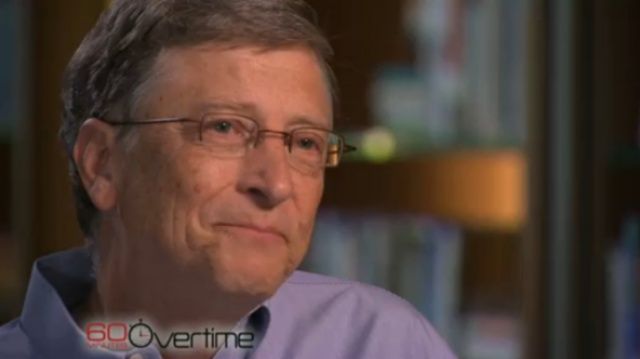
 May 12, 2005: Longtime Apple frenemy Bill Gates tells a German newspaper that Apple may have hit it big with the
May 12, 2005: Longtime Apple frenemy Bill Gates tells a German newspaper that Apple may have hit it big with the 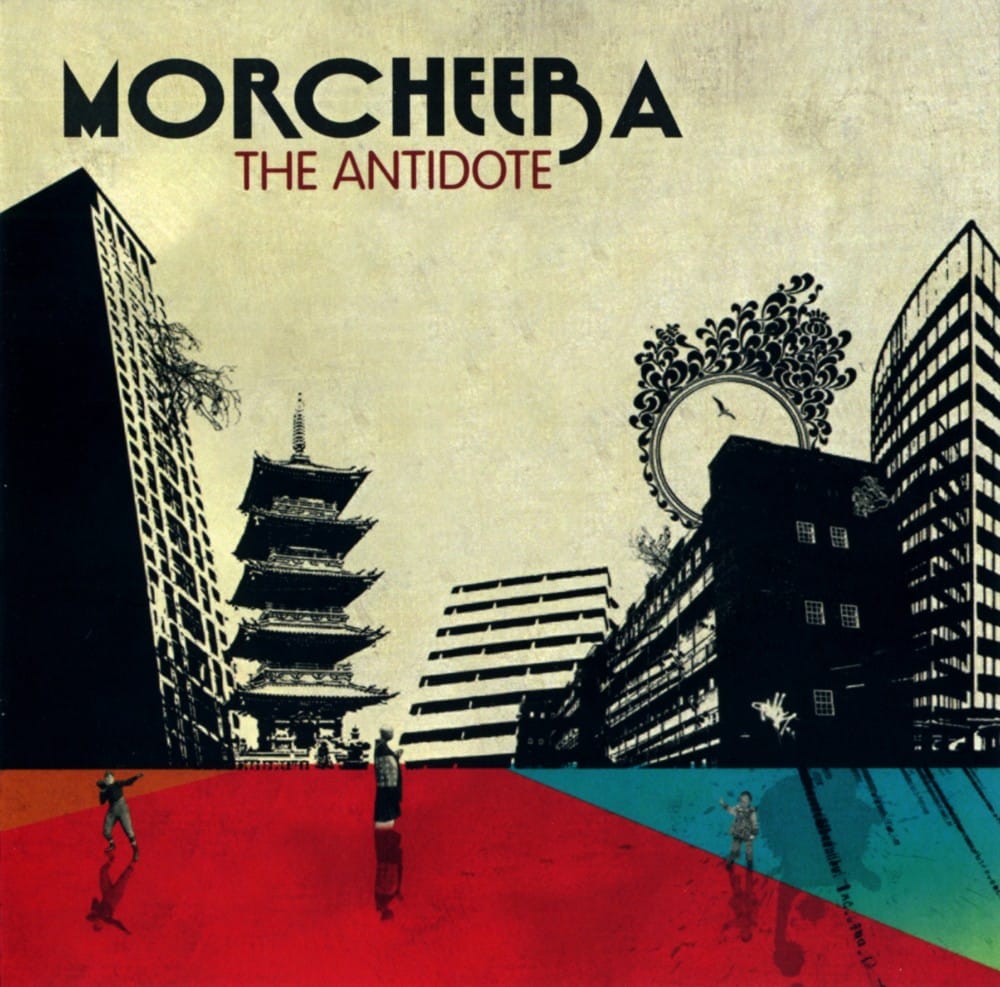
 May 9, 2005: Apple quietly begins selling music videos in the
May 9, 2005: Apple quietly begins selling music videos in the 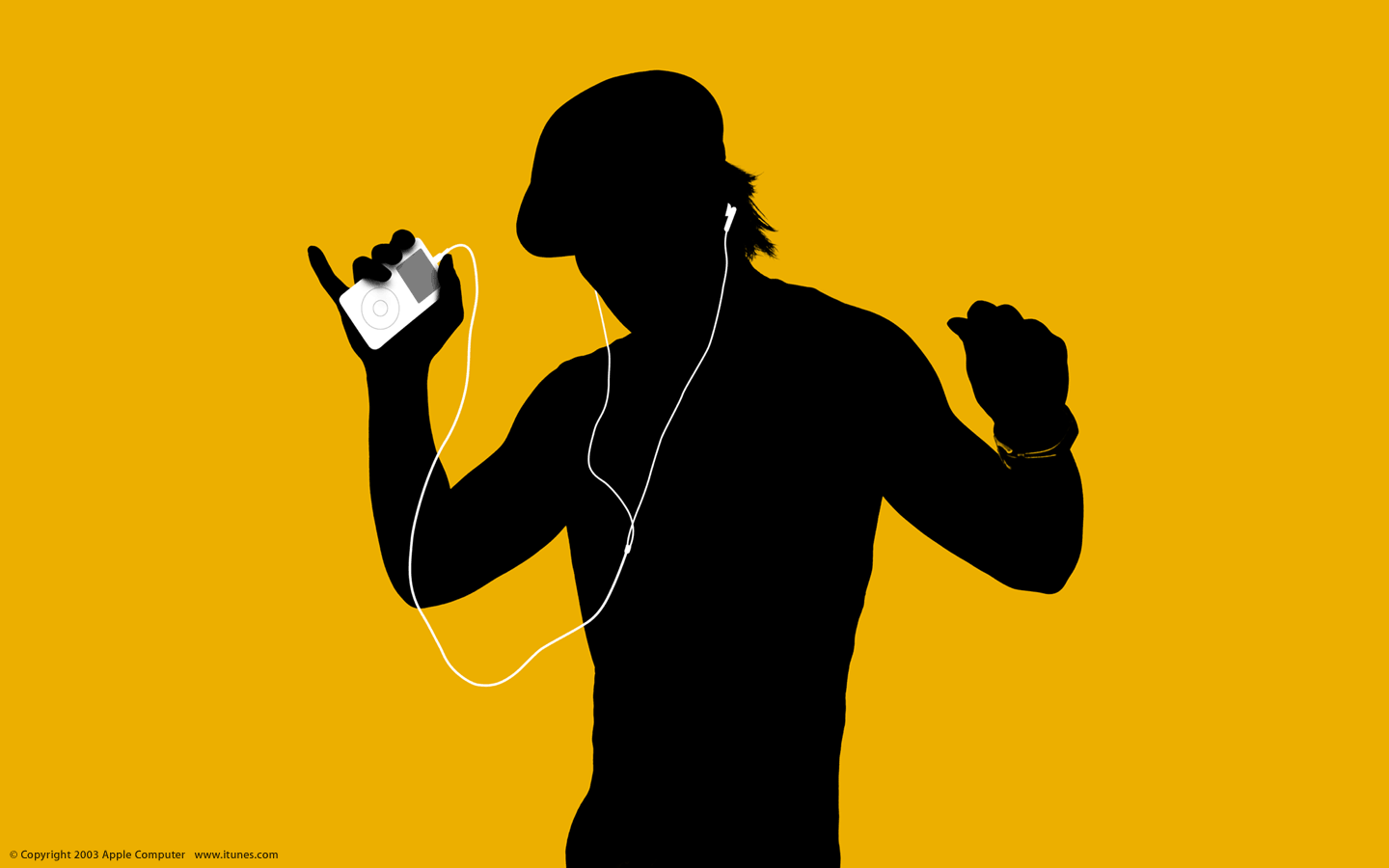
 May 5, 2003: Just a week after launching the iTunes Music Store, Apple reaches an incredible milestone with more than 1 million songs sold.
May 5, 2003: Just a week after launching the iTunes Music Store, Apple reaches an incredible milestone with more than 1 million songs sold.
 May 1, 2008: The iTunes Store takes a gigantic step toward cinematic relevancy, selling new movies on the day of their DVD releases for the very first time.
May 1, 2008: The iTunes Store takes a gigantic step toward cinematic relevancy, selling new movies on the day of their DVD releases for the very first time.
 April 30, 2010: Almost a month after the first-gen iPad went on sale, the first Wi-Fi + 3G iPads arrive in the hands of U.S. customers.
April 30, 2010: Almost a month after the first-gen iPad went on sale, the first Wi-Fi + 3G iPads arrive in the hands of U.S. customers.
 April 28, 2003: Apple opens the
April 28, 2003: Apple opens the 
 April 27, 2008: Psystar’s first Mac clones ship to customers. The company’s new Open Computer means that, for the first time since the mid-1990s, there’s no need to assemble a “hackintosh” to run OS X on a non-Apple computer.
April 27, 2008: Psystar’s first Mac clones ship to customers. The company’s new Open Computer means that, for the first time since the mid-1990s, there’s no need to assemble a “hackintosh” to run OS X on a non-Apple computer.
 April 23, 2009: Less than a year after
April 23, 2009: Less than a year after 
 April 16, 2009: Apple hits back at Microsoft following an advertisement that criticizes Cupertino for failing to sell decent laptops for less than $1,000.
April 16, 2009: Apple hits back at Microsoft following an advertisement that criticizes Cupertino for failing to sell decent laptops for less than $1,000.
 April 13, 2005: The tech world gets excited when a sketchy rumor suggests Apple is building a tablet computer.
April 13, 2005: The tech world gets excited when a sketchy rumor suggests Apple is building a tablet computer.
 April 9, 2007: Apple sells its 100 millionth
April 9, 2007: Apple sells its 100 millionth 
 April 5, 2006: Apple introduces the public beta of Boot Camp, software that allows users with an Intel-based Mac to run Windows XP on their machines.
April 5, 2006: Apple introduces the public beta of Boot Camp, software that allows users with an Intel-based Mac to run Windows XP on their machines.
 March 30, 2006: A court case begins that once again pits Apple Computer against Apple Corps, aka The Beatles’ record label and holding company.
March 30, 2006: A court case begins that once again pits Apple Computer against Apple Corps, aka The Beatles’ record label and holding company.
 March 21, 2007: Apple launches the Apple TV, a gleaming-white set-top box with a remote control, for bringing iTunes media to the living room.
March 21, 2007: Apple launches the Apple TV, a gleaming-white set-top box with a remote control, for bringing iTunes media to the living room.
 March 15, 2004: The iTunes Music Store hits a musical milestone, having sold an astonishing 50 million songs in less than a year. The achievement cements Apple’s place at the center of the rapidly changing music business — at least for the moment.
March 15, 2004: The iTunes Music Store hits a musical milestone, having sold an astonishing 50 million songs in less than a year. The achievement cements Apple’s place at the center of the rapidly changing music business — at least for the moment.